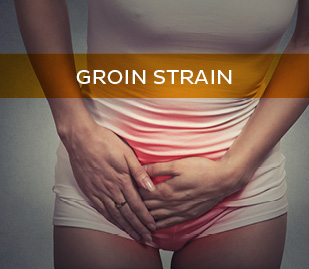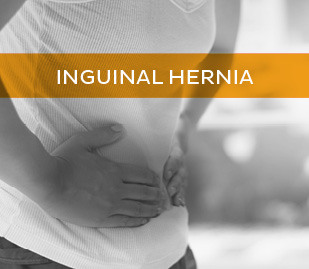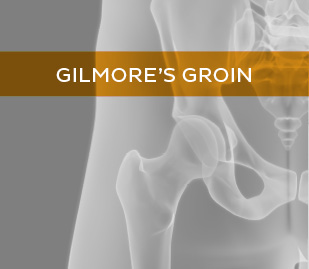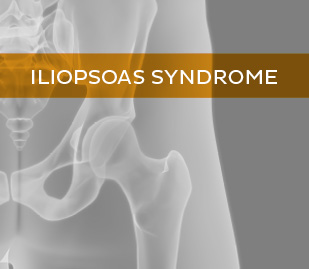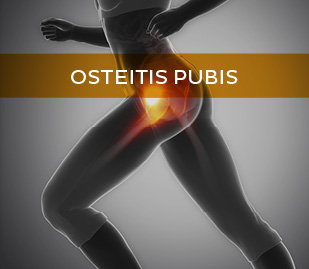
The muscles surrounding the abdomen , groin and pelvis are strong and provide stability for your limbs to move freely. Sacroiliac joint dysfunction is thought to be rare and when it does occur it’s usually due to hormonal changes during pregnancy or a fall onto your pelvis. Muscular strains of the groin and hernias often occur during sports or with heavy physical activity. Muscular strains are often minor and can be managed using the principles of POLICE under the guidance of a physiotherapist. Occasionally, more severe trauma can occur in the form of Gilmore’s groin, inguinal hernias or fractures. If you have had a traumatic injury and are unable to weight bear, or have a visible bulge in your abdomen or groin you must seek urgent medical assessment.
Hernia & Groin Injury Products
We have all the professional products recommended by the World’s best Physios
Hernia & Groin Injuries Table
This table shows some of the key symptoms of the most common groin, abdominal and pelvis injuries. We strongly advise that you see a healthcare professional rather than attempt to self-diagnose.
The information pages about each condition should help to explain the injury you have and signpost how it can be appropriately managed. It is advisable to manage your condition using the POLICE principle under the guidance of a physiotherapist. If there are high levels of pain or you have a visible bulge in your abdomen or groin then seek a medical assessment.
| Condition | Common Signs & Symptoms | |||||
| Pain | Swelling | Stiffness | Weakness | Instability | Locking | |
| Abdominal Strain | ||||||
| Gilmore’s Groin | ||||||
| Groin Strain | ||||||
| IlioPsoas Syndrome | ||||||
| Inguinal Hernia | ||||||
| Osteitis Pubis | ||||||
| Sacro Iliac Joint Pain | ||||||




